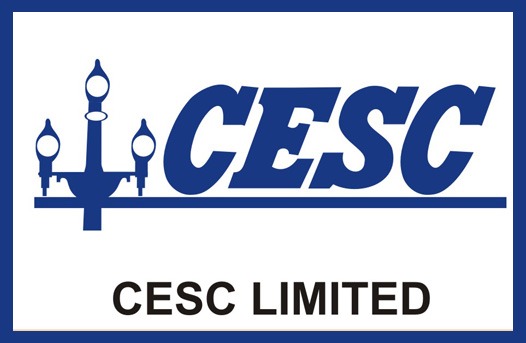CESC Ltd., one of India’s leading integrated power utilities, has reported a strong financial performance for the quarter ended June 2025, reflecting stable demand, operational efficiency, and disciplined cost management. The company posted a consolidated revenue from operations of ₹52.02 billion and a net profit of ₹3.87 billion, signaling resilience in a sector navigating regulatory shifts and evolving consumption patterns.
Key Highlights from Q1 FY26:
- Consolidated revenue from operations: ₹52.02 billion
- Net profit: ₹3.87 billion
- EBITDA margin: 24.6 percent
- Basic EPS: ₹3.01
- Total generation: 2,950 MU (million units)
- Distribution loss reduced to 7.8 percent
- Retail consumer base expanded by 2.3 percent year-on-year
Revenue and Profitability Snapshot:
- CESC’s revenue grew 6.8 percent year-on-year, driven by higher electricity demand across residential and commercial segments.
- Net profit of ₹3.87 billion marks a 9.4 percent increase over the same quarter last year, supported by improved generation efficiency and lower transmission losses.
- EBITDA stood at ₹12.8 billion, with margin expansion aided by fuel cost optimization and better load factor management.
Operational Performance and Distribution Metrics:
- The company’s total generation for the quarter stood at 2,950 MU, with peak demand reaching 1,850 MW in June.
- Distribution loss was brought down to 7.8 percent from 8.4 percent last year, reflecting infrastructure upgrades and smart metering initiatives.
- CESC added 1.2 lakh new consumers during the quarter, expanding its footprint in West Bengal and Rajasthan.
- Renewable energy contribution rose to 14.2 percent of total supply, with solar and wind procurement increasing through open access arrangements.
Strategic Initiatives and Future Outlook:
CESC continues to invest in grid modernization, digital billing platforms, and renewable integration. Key initiatives include:
- Deployment of AI-based demand forecasting tools across Kolkata and Howrah zones
- Expansion of rooftop solar partnerships with housing societies and commercial complexes
- Pilot launch of EV charging stations in Tier-2 cities under the CESC Green Mobility program
- Ongoing discussions with state regulators for tariff rationalization and performance-linked incentives
These efforts are aimed at enhancing customer experience, reducing technical losses, and aligning with India’s decarbonization goals.
Financial Health and Investor Sentiment:
- CESC’s debt-to-equity ratio improved to 0.72, indicating prudent capital management
- Cash reserves stood at ₹9.4 billion, ensuring liquidity for capex and dividend payouts
- Promoter holding remains stable at 52.11 percent, while mutual fund holdings rose to 8.3 percent
- Analysts maintain a neutral-to-positive outlook, citing stable cash flows and regulatory clarity
Sector Dynamics and Competitive Landscape:
India’s power sector is undergoing a transformation, with increased focus on renewable integration, smart grids, and consumer-centric reforms. CESC’s ability to balance legacy infrastructure with innovation gives it a competitive edge in urban and semi-urban markets.
However, competition from private DISCOMs and rising renewable penetration pose challenges that require agility and strategic foresight.
Conclusion:
CESC’s Q1 FY26 results reflect a solid operational and financial foundation, backed by strategic investments and consumer-centric growth. As the power sector evolves, CESC’s focus on efficiency, technology, and sustainability positions it well to navigate future challenges and capitalize on emerging opportunities.
Sources: Moneycontrol, Business Standard, Investing.com India, CESC Investor Relations, Economic Times Markets







